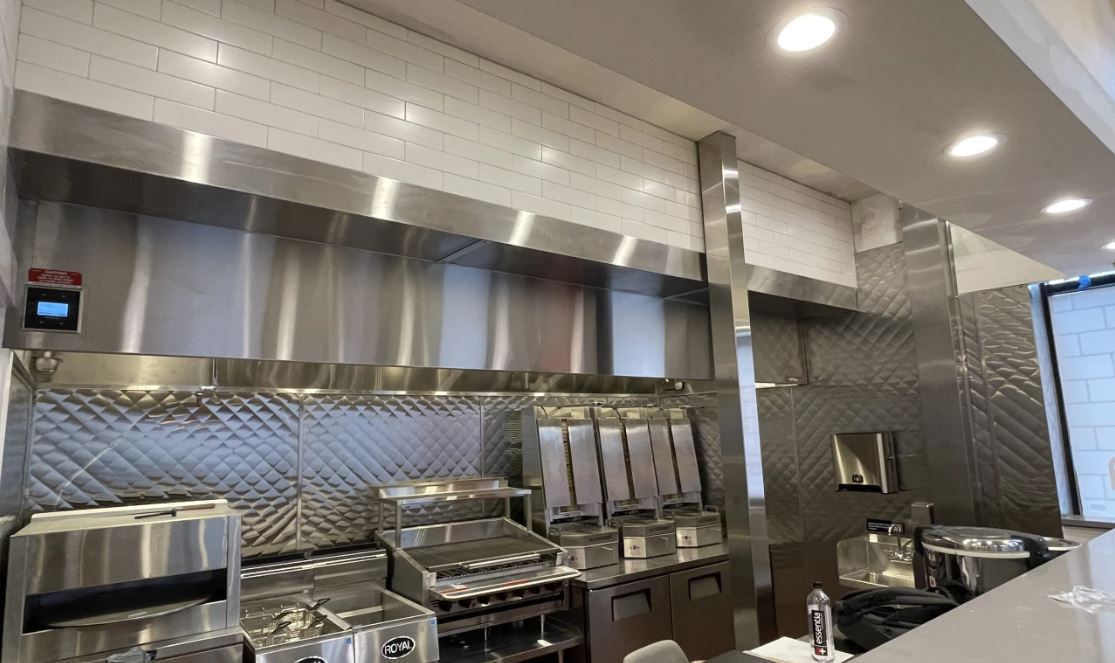The process of installing a hood in your kitchen, while potentially intricate, is a task that can be tackled with careful planning and preparation. It begins with conducting a thorough assessment of your kitchen’s dimensions and layout, ensuring the selected hood fits aptly within the space and serves its function efficiently. Taking into account the location of existing appliances, windows, and cabinetry, along with implementing necessary safety measures, is pivotal. As we peel back the layers of this preparatory phase, we’ll explore the influential factors in detail, offering a comprehensive overview of the steps involved.
Assessing Your Kitchen Space
Before initiating the hood installation process, a thorough assessment of your kitchen space is imperative to ensure optimal functionality and aesthetic integration. This entails measuring the dimensions of your kitchen, factoring in the placement of windows, cabinets, and other appliances.
The size of the hood should correlate appropriately with the size of your stovetop, with industry standards recommending the hood width to be equal to or greater than the stove width. This ensures effective smoke and heat extraction.
Consideration of the kitchen layout significantly influences the type of hood suitable for your space, whether wall-mounted, island, or under-cabinet. Your kitchen’s interior design should also harmonize with the chosen hood style, maintaining a cohesive aesthetic appeal while fulfilling its functional role.
Pre-Installation Safety Measures
Ensuring the safety of all involved in the installation process is paramount, calling for adherence to certain precautionary measures before the hood installation commences.
First, it’s crucial to disconnect any existing appliances from power sources to prevent any electric shock hazards.
Next, the work area should be cleared of any unnecessary tools or objects that could potentially cause trips or falls.
One must also remember to wear personal protective equipment, such as safety glasses and gloves, to safeguard against any unforeseen accidents.
Lastly, it’s always wise to have a first aid kit readily accessible in case of minor injuries.
In conclusion, successful kitchen hood installation hinges on meticulous preparation. This includes accurately assessing the kitchen space, selecting a suitable hood type and style, and adhering to safety measures. Like a well-oiled machine, every component must align for optimal functionality and aesthetics. Ensuring these steps are taken can help to create a kitchen space that is both practical and visually appealing, thereby significantly enhancing your culinary experience.

